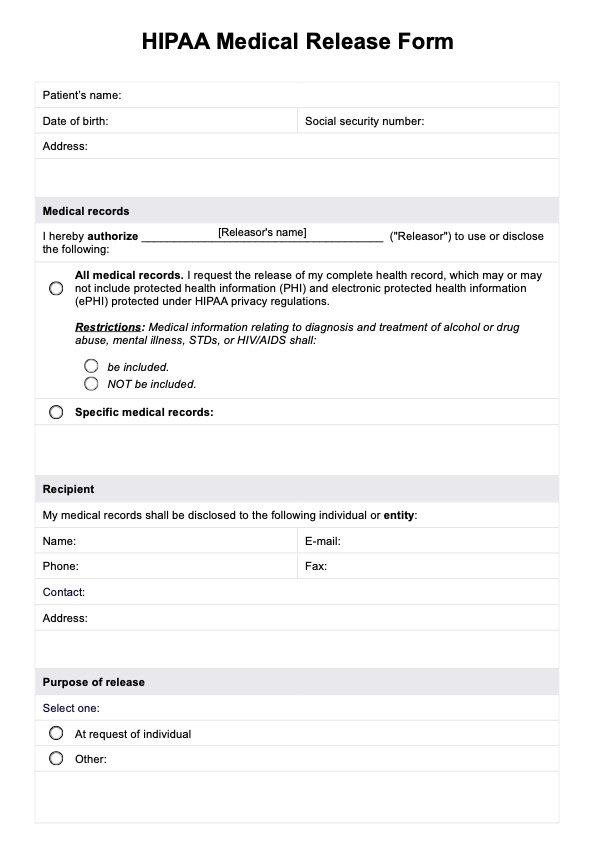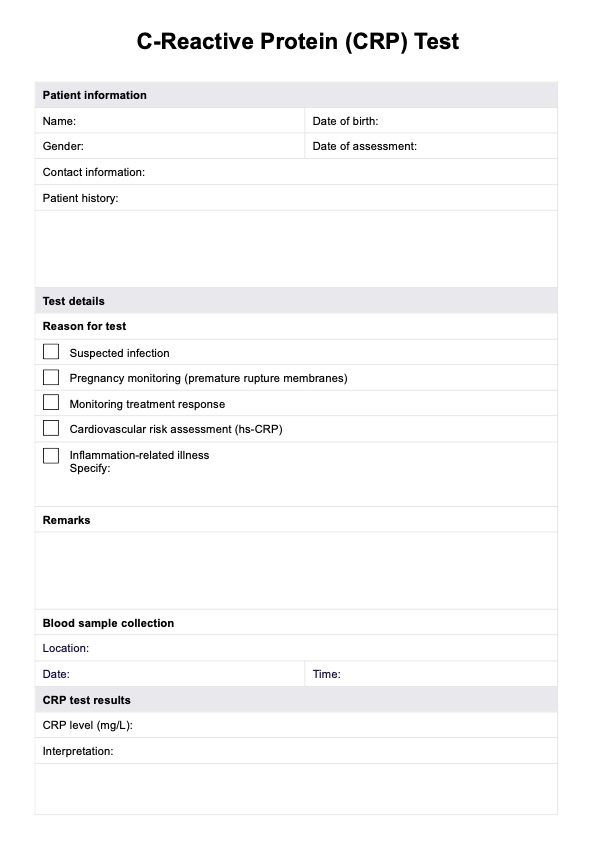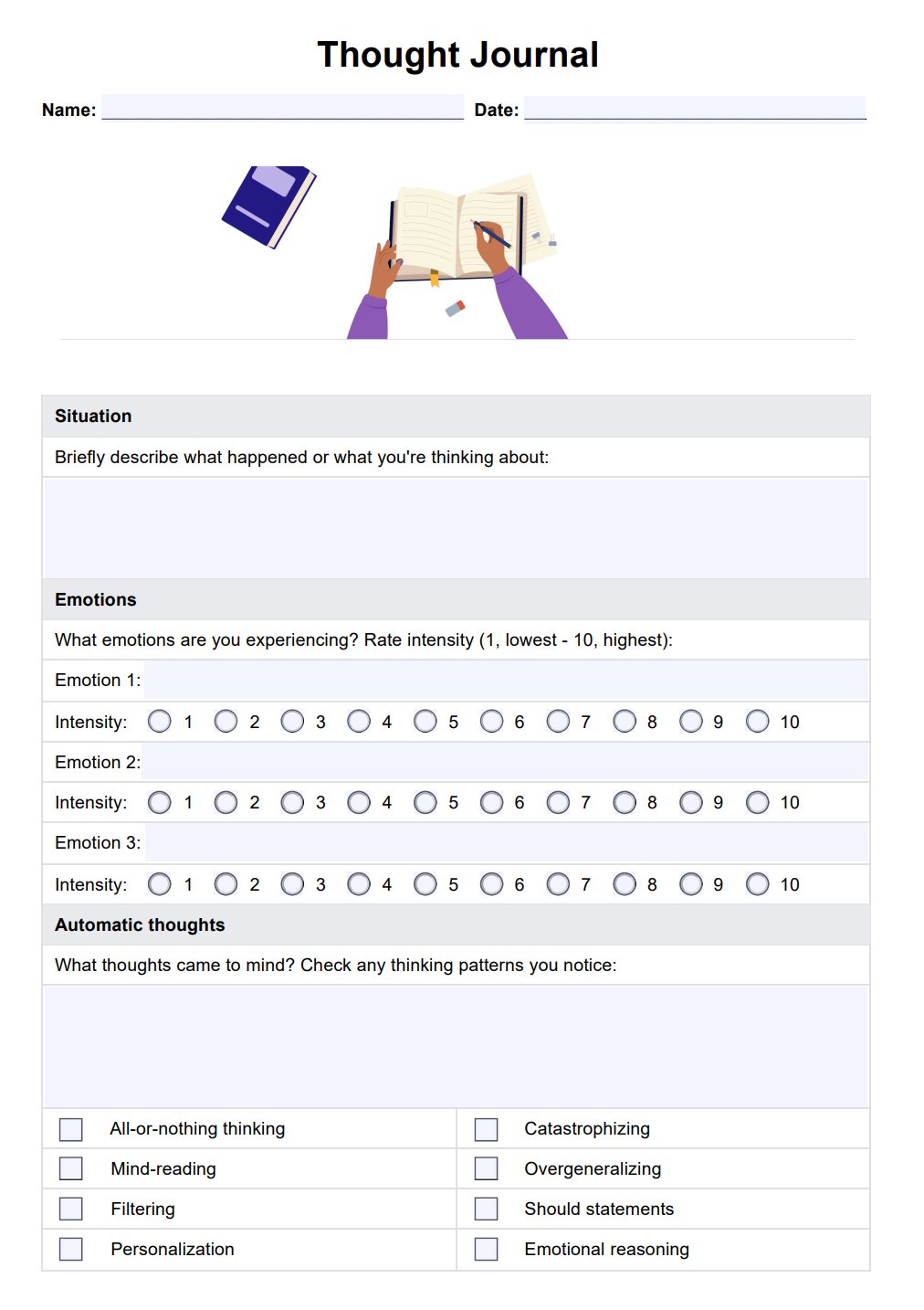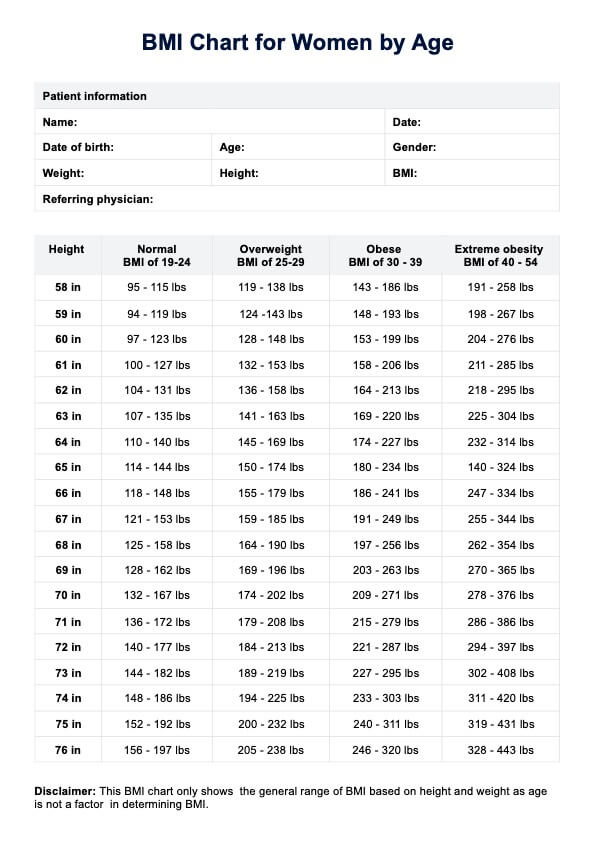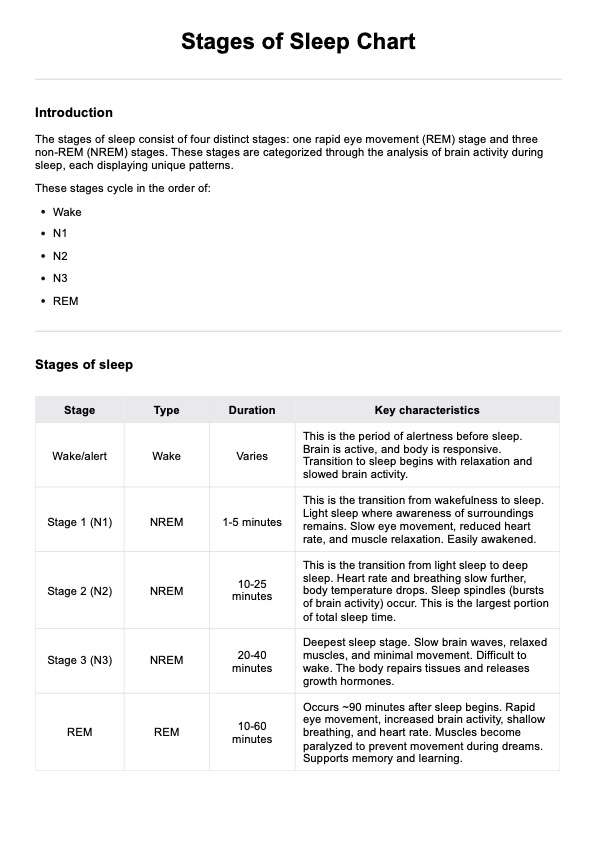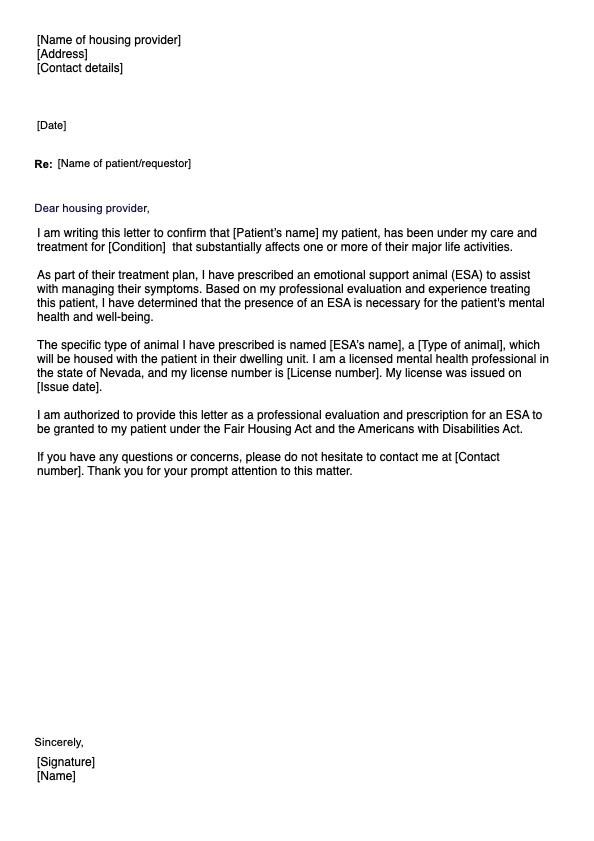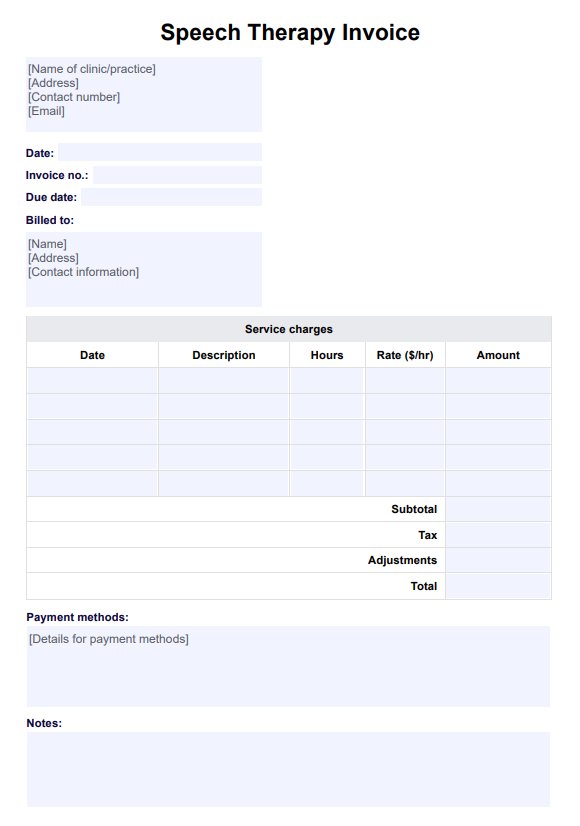Los tipos ideales son el tipo 3 y el tipo 4, que indican una caca normal.

Gráfico de heces de bristol
Utilice nuestro Cuadro de heces Bristol para ayudar a sus pacientes a identificar problemas en su salud gastrointestinal a través del color y la forma de sus heces.
Use Template
Gráfico de heces de bristol Template
Commonly asked questions
Los signos de advertencia son las formas que recuerdan a guijarros/rocas o palitos finos, los colores que no sean marrón o verde oscuro, la grasa y la presencia de mal olor.
Aunque una defecación saludable varía en función de la persona, por lo general, un horario saludable de defecación puede ser de 3 veces al día a 3 veces a la semana.
EHR and practice management software
Get started for free
*No credit card required
Free
$0/usd
Unlimited clients
Telehealth
1GB of storage
Client portal text
Automated billing and online payments


